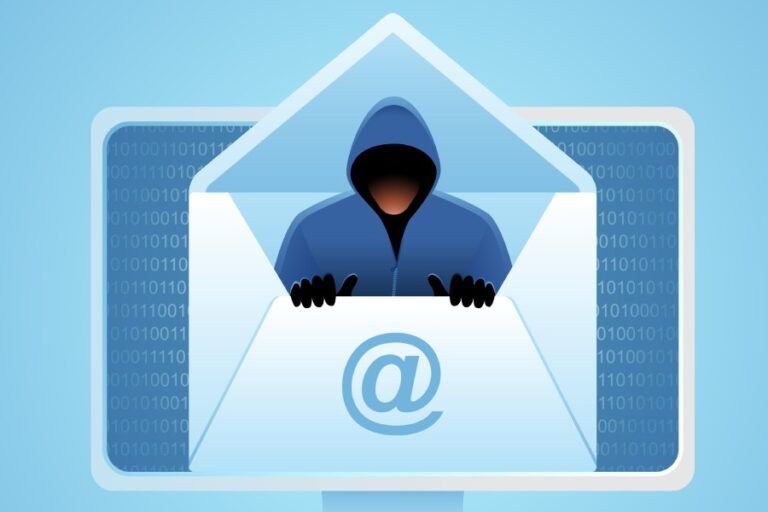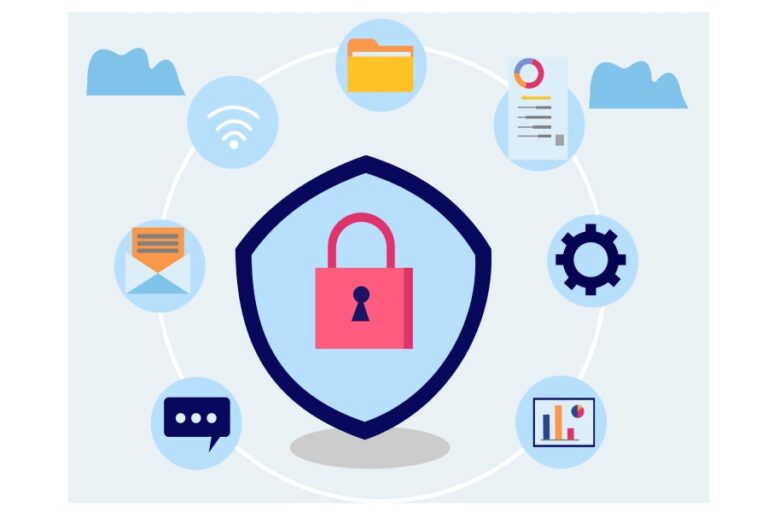How to Check if Your Email Authentication Is Set Up Correctly for DKIM, DMARC, SPF & BIMI
Email authentication is crucial in the digital world, but employing email authentication protocols like DKIM, DMARC, SPF, and BIMI correctly is more important. This post looks into why businesses need email authentication, the invisible challenges of email security, what DKIM, DMARC, SPF, and BIMI are, and how to check if your email authentication is set up correctly.
Email authentication helps protect the authenticity and integrity of emails, which is essential because it helps prevent spam and phishing attacks, which threat actors can use to steal personal information or spread malware.
Using these email authentication techniques can help ensure that the emails you receive are legitimate and not spam or phishing attempts. Email authentication is an integral part of email security for businesses and can help protect the domain from being used in spam or phishing attacks.
Knowing if the email authentication for DKIM, DMARC, SPF, and BIMI is set up correctly can make or break your email security.
Why do Businesses need Email Authentication?
Email authentication is important for businesses because it helps protect the authenticity and integrity of their emails, which can improve their reputation and trust with customers and partners. Using email authentication techniques such as DKIM, DMARC, SPF, and BIMI can help prevent spam, email spoofing, and phishing attacks, reduce the risk of data breaches and protect the business’s reputation and financial security.
In addition, email authentication can help improve the deliverability of emails. If a business’s emails are not properly authenticated, they may be flagged as spam or rejected by email servers, making it difficult for the business to communicate with its customers and partners.
Implementing email authentication, and implementing it correctly can help protect a business’s reputation, financial security, and communication with customers and partners.

Invisible Challenges of Email Deliverability
There are several invisible problems of email deliverability that businesses need to be aware of:
- Blacklists: If your domain or IP (Internet Protocol) address gets added to a blocklist, it can be difficult for your emails to be delivered to your recipients. Blocklists are lists of domains or IP addresses that are known to send spam or malicious emails.
- Spam filters: Spam filters can block or mark emails as spam if they think the email is not legitimate. This can be a problem if your emails are being incorrectly flagged as spam.
- Domain reputation: Your domain’s reputation can affect your emails’ deliverability. If your domain has a poor reputation, it can be difficult for your emails to be delivered to your recipients.
- Email formatting: The formatting of your emails can also affect their deliverability. If your emails contain broken links, large attachments, or other formatting issues, they may be marked as spam or rejected by email servers.
- Permissions: ESPs (Email Service Providers) manage the opting in or out permissions but ISPs (Internet Service Providers) manage the destination email address gateway, which means that even if a business is legitimate and acquires all the permissions, the ISP is oblivious to this and may block the emails anyway thinking you are operating a spam account.
Businesses need to be aware of these invisible email deliverability problems and take steps to address them to ensure that their emails are being delivered to their intended recipients, which starts with email authentication using DKIM, SPF, DMARC, and BIMI.
DKIM, SPF, DMARC, and BIMI Explained
Properly setting up email authentication techniques such as DKIM, DMARC, SPF, and BIMI can help improve the deliverability of your emails. If your email authentication is set up correctly, it can be easier for your emails to be delivered to your recipients.
Before we show you how to check if your email authentication is set up correctly for DKIM, DMARC, SPF & BIMI, let us look at what these email authentication and security protocols mean.
- DKIM: DKIM (DomainKeys Identified Mail) is a method of authenticating email messages that uses a digital signature to verify that the message was sent by an authorized sender and was not modified during transit.
- DMARC: DMARC (Domain-based Message Authentication, Reporting, and Conformance) is a protocol that helps protect against spoofing by allowing the sender’s domain to publish a policy in DNS (Domain Name System) that specifies which mechanisms are used to authenticate email messages sent from that domain.
- SPF: SPF (Sender Policy Framework) is a method of authenticating email messages that allows the domain owner to specify which mail servers are authorized to send emails from that domain.
- BIMI: BIMI (Brand Indicators for Message Identification) is a standard that allows brands to authenticate their email messages and display their logo in the recipient’s email client. The address of the legitimate logo is provided only after the authentication, making it an excellent email authentication solution.
How to Check if Your Email Authentication Is Set Up Correctly for DKIM, DMARC, SPF & BIMI?
Beginners and upcoming businesses or startups need to learn that all relay, source, and validation information about emails can be found in the email header. However, interpreting the information is not simple, so you must pay attention and check on multiple things.

- How to check if your email authentication is set up correctly for DKIM?
There are several steps you can take to validate that your email authentication is set up correctly for DKIM:
- Send a test email: You can send a test email to a third-party service that can check the DKIM signature on the email. This will help you verify that the DKIM signature is present and correct.
- Check the headers of a received email: You can also check the headers of an email you have received to verify that the DKIM signature is present and correct. To do this, you will need to look for the “DKIM-Signature” field in the headers of the email.
- Monitor your logs: You can monitor your logs for any errors or issues related to DKIM. This can help you identify any problems with your DKIM implementation and resolve them.
- How to check your email authentication is set up correctly for DKIM, DMARC, SPF & BIMI?
To check if your email authentication is set up correctly for DKIM, DMARC, SPF & BIMI, you can use an analysis tool or service. These tools allow you to enter your domain name and check for any issues with your DKIM, DMARC, SPF & BIMI. Here’s how to check your email authentication using an analysis tool:
- Find a DKIM, DMARC, SPF & BIMI analysis tool or service that you trust and enter your domain name to analyze it.
- The tool will scan your domain and check for any issues with your DMARC, SPF, and DKIM records.
- If the tool finds any issues, it will provide details and recommendations for fixing them.
- If the tool does not find any issues, your email authentication is likely set up correctly for DKIM, DMARC, SPF & BIMI.
Final Words
Email authentication is important for businesses because it helps protect their email communications from being intercepted or impersonated by attackers. This is particularly important in today’s digital landscape, where cyber threats such as phishing, spam, and malware constantly evolve and become more sophisticated.

By implementing email authentication, businesses can help ensure that their emails are not being forged or spoofed by attackers and that they are being delivered to the intended recipients. This can help prevent sensitive information from being exposed to unauthorized parties and can protect the business’s reputation and brand image. With so much at stake, DKIM, DMARC, SPF, and BIMI and their correct implementation have become extremely important.







